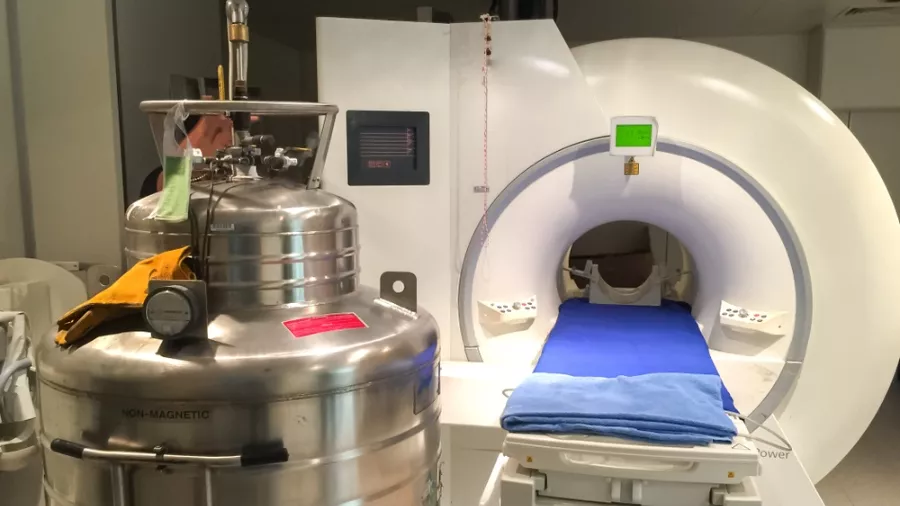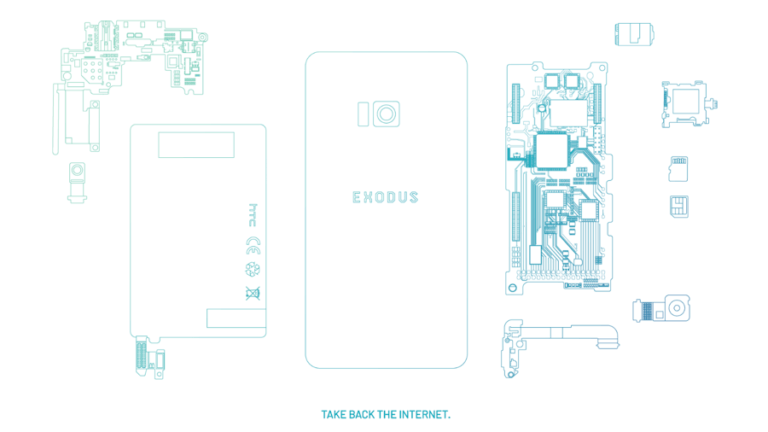If Your iPhone Stops Working, You Might Want To Check For Helium Gas Leak!

It’s not common for Apple users to see their devices freeze or switch off abruptly. But apparently, that was the case with the users at Morris Hospital near Chicago; the incident took place a few days ago.
Erik Wooldridge who is a Systems Specialist at the hospital recounts that at the time of installation of a new GE Healthcare MRI machine, over 40 Apple devices, including iPhones and Apple Watches, went plain dead.
After posting a Reddit post, many Redditors speculated that it might be the case of a helium leak. Later, Erik found out that helium leakage, in fact, occurred while the new magnet was being ramped in the machine.
“Approximately 120 liters of liquid [helium] was vented over the course of 5 hours. The MRI room is not on an isolated HVAC loop, so it shares air with most or all of the facility,” said Erik in another reddit post.
After the incident, he also discovered that only models of iPhone 6 and above, and Apple Watch Zero and above were affected by the leak. Few touchscreens did not work even for several days.
While Apple has not commented upon the issue, their user guide says it all: “Exposing iPhone to environments having high concentrations of industrial chemicals, including near evaporating liquefied gasses such as helium, may damage or impair iPhone functionality.”
Surprisingly, the Android devices were remained unaffected by the gas leak which raises the biggest question – What Helium has against Apple users?
iFixt got behind the story and came out with a conclusion that the helium molecules were small enough to get inside and disturb the Apple MEMS timing oscillators. These are microelectromechanical systems which are used by phone gyroscopes and accelerometers. Apple uses SiT512, one of the smallest, lowest power 32 kHz oscillator from SiTime.
In a conversation with iFixit, David Almoslino, Google Senior Director of Corporate Marketing confirmed: “In gyro sensors, helium could cause the offset to drift and could cause the oscillation to temporarily stop.”
Of course, it’s one of those rare cases where luck runs out on you. Unlike Erik, who purposely re-created the environment in a YouTube video, I hope this doesn’t happen to one of us, ever.
Also Read : Your Wireless Headphones Can Never Be As Good As Wired Ones, Research Concludes





